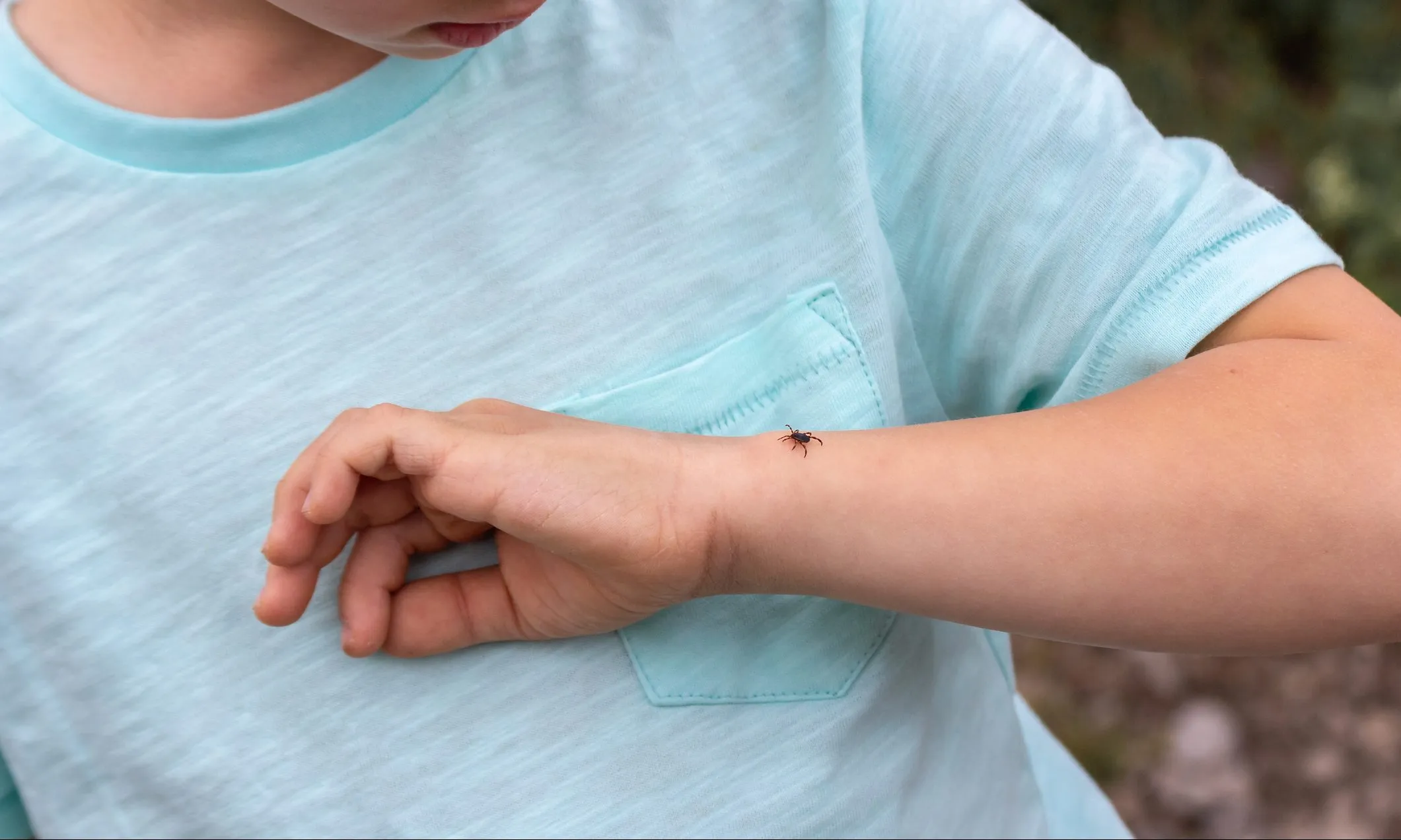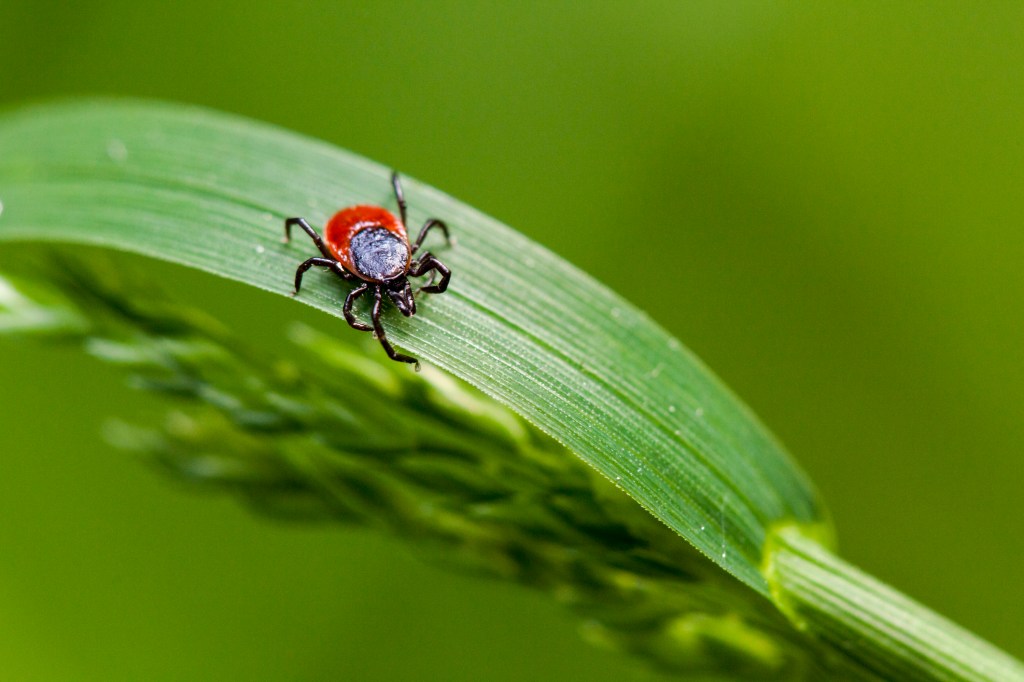

Historically, disease-carrying ticks were mostly an issue in New England, Michigan and Wisconsin. But over the last two decades, the Centers for Disease Control and Prevention have seen cases of Lyme disease spread by ticks pop up in nearly every state in America. Researchers continue to find ticks in the places you’d expect—the traditional tall grass and forested areas—but are now also seeing them in new, previously much less common habitats like sandy beaches in California.
Videos by Outdoors
The problem: Incidents of tick-borne diseases have more than doubled in the last decade and are at an all-time high, with roughly 50,000 new cases being reported by the CDC—and countless more going unreported. While most of us associate ticks with Lyme disease, they also carry bacteria that can cause other serious diseases like anaplasmosis, Rocky Mountain Spotted Fever, tularemia and ehrlichiosis.
In short: If you spend time outdoors, you need to take precautions against ticks. Here’s how.
Know where ticks like to hang out
Traditionally, ticks live in shady and moist areas on natural foliage they can cling to: tall grass; brushy, wooded areas; leaf piles; wood piles; rock walls; and beach grass. If you’re running, hiking, biking, camping or just laying on a picnic blanket in these kinds of areas (so, pretty much everywhere), take extra precautions.

Cover up as much as possible
Keeping ticks from latching onto your skin starts with keeping your skin covered. When you’re headed outdoors, wear long pants and tall socks, and tuck your pants into your socks. That way, ticks can’t crawl up your leg. It’s also helpful to wear long sleeves. A hat will help keep ticks off your scalp to some extent, but keep in mind they can still crawl underneath the hat and burrow in.
Spray exposed skin
Similar to bug spray for mosquitos, tick repellent can work to keep the little buggers off your skin, but the spray has to have the right chemicals to deter them.
The CDC reports there are six active ingredients that deter ticks: DEET, IR3535, picaridin, oil of lemon, eucalyptus, para-menthane-diol (PMD), and 2-undecanone. Generally, you want 20 to 30 percent (but no more) of at least one of these active ingredients in your tick repellent.
Ones to try include OFF! Deep Woods Insect Repellent V, which has 25 percent DEET; Sawyer Continuous Spray Insect Repellent with 20 percent picaridin; or REPEL Lemon Eucalyptus Natural Insect Repellent for a less chemical-smelling option with 30 percent oil of lemon and eucalyptus (just keep in mind this one needs to be reapplied more often).
Spray any skin that’s exposed, but you don’t need to spray skin under clothing. You can also spray your clothes themselves with any of the above sprays to further ward off ticks.
Ditch your clothes before you head inside
Keeping ticks off your skin while you’re out adventuring is only half the battle. Ticks can easily find a ride indoors on your clothes and burrow into your skin or your pets once you’re in the safety of your home. If possible, shed all your clothes on your porch or in your garage before going inside to ditch the hangers-on.
Then, throw everything in your dryer right away and run it on high heat for 6 minutes, as studies show the dryer’s heat kills ticks on clothing.
Alternatively, you can wash your clothes right away on hot; the water needs to be 130°F or above to kill ticks. However, a lot of outdoor apparel should be washed on cold to extend its lifespan and technical properties, so the dryer trick may be more prudent.
Shower immediately
According to the CDC, showering within two hours of coming back inside has been shown to lower your risk of getting Lyme disease as it can help wash off unattached ticks.
Do a tick check
Once you’re back from an adventure, check for ticks everywhere on your skin. Tip: The shower is the perfect time to do a tick check.
Keep in mind disease-carrying ticks can be tiny (deer ticks are 3 millimeters) and if they’ve already burrowed into your skin, it can look like just a raised dot no bigger than a poppy seed.

Check your skin thoroughly—everywhere. That includes under the arms, between your toes, in and around the ears, inside the belly button, back of the knees and, yes, in the groin. Comb your hair with a fine-tooth comb or have someone else check your hair/scalp thoroughly.
Treat and check your pets
Ticks aren’t just hungry for you: Dogs and cats can bring ticks inside on their fur. Moreover, dogs and cats can also get bitten by ticks and they’re very susceptible to tick bites and tick-borne diseases, the CDC reports.

Comb through your pet’s fur every time they come in from the outdoors to look for any hanger-on ticks. Don’t forget to check around their ears, between their toes and under their collar.
Tick-prevention products, from pills to chews to ointments or shampoos, are among the best lines of defense for protecting your pet against ticks for the season. Talk to your vet about the right option for your pet.
How to remove a tick the right way
If you find a tick crawling on your skin or your pet’s fur, grab it with tweezers and wash it down the drain. If it’s already attached to your skin, be careful removing it so it doesn’t break-off still inside you.
- Use fine-tipped tweezers to grasp the tick as close to your skin’s surface as possible.
- Pull straight up. Don’t twist the tick or it’ll break.
- After the tick is out, clean the area with soap and water.
- Dispose of the tick by dropping it in alcohol or flushing it down the toilet. Never try to crush it with your fingers.










